By Stan Wise
South Dakota Soil Health Coalition
For many producers, knowing that soil health is important just isn’t enough. The challenge for them is how to pay for it.
“Conservation is not cheap,” Marshall County producer Dennis Fagerland said.
Soil health is gaining recognition as a solution to many problems facing the rural landscape. Improved soil health can help improve producers’ incomes, reduce erosion, sequester carbon, improve water quality, increase drought resilience and reduce flooding. However, many producers don’t have the resources to change their operations and adopt conservation practices.
Fortunately, they don’t have to pay for it all by themselves. Many government agencies have programs to help share the cost of improving the soil.
“When your margins are so tight, it’s nice to have some assistance,” Fagerland said. “And that’s what those programs are there for.”
Valorie Dupraz, Natural Resources Conservation Service acting assistant state conservationist – programs, said that producers can get help with “adding additional crop types to rotations, cover crops, adding perennials, better management of nutrient rates and placement on their land. From a grassland management standpoint, rotational grazing, improving plant diversity and deferment would all be activities that fit our soil health practices and are eligible for assistance.”
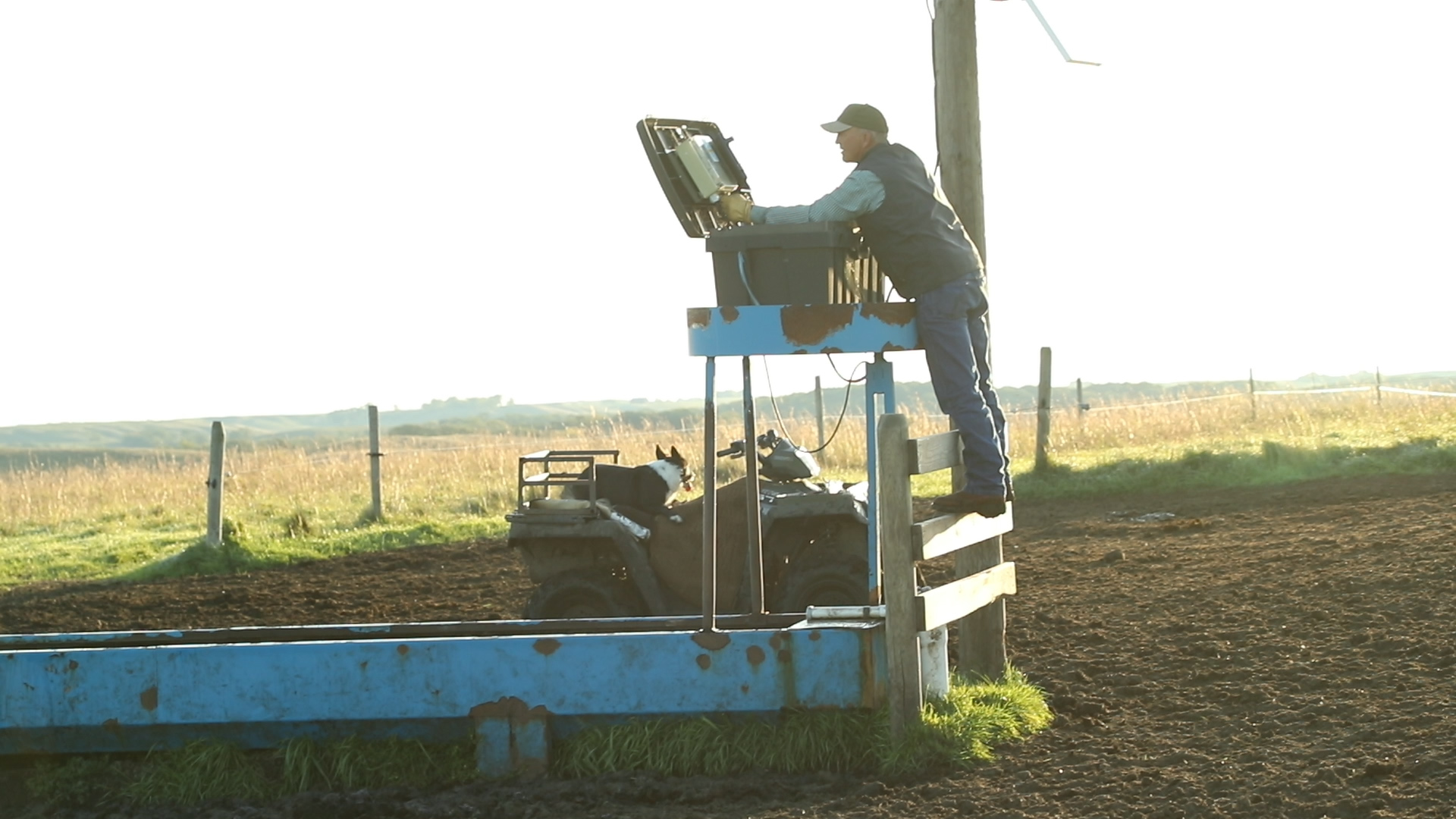
Marshall County producer Dennis Fagerland took advantage of cost-share programs to install water sources to complement his rotational grazing program. Image Courtesy of SDSHC and USDA-NRCS South Dakota.
Putting assistance to work
Fagerland runs a cow-calf operation with his wife, Jean, and they also grow corn, soybeans and small grains. The Fagerlands follow their small grains harvest with cover crops which they graze in October. In their pastures, they use rotational grazing, and they have reintroduced native grasses. “That really helps out later in the summer when the cool season grasses stop growing,” Fagerland said.
Using NRCS programs like the Conservation Stewardship Program and the Environmental Quality Incentives Program, the Fagerlands have renovated shelterbelts, laid pipelines, planted pollinator plots, and introduced cover crops to their operation. They also used a program through the U.S. Fish and Wildlife Service to set up fencing for their rotational grazing program.
These conservation efforts have paid off for the Fagerlands. When they started, their land had reduced soil organic matter percentages – some fields had less than 2%. Now, Fagerland said, they have increased that to 4.8%.
“The more organic matter you have, the more moisture you retain when it rains,” Fagerland said. “We’ve had a few dry years, and we haven’t had to reduce our herd size at all. It really pays off. All these little things make a big difference in the end.”
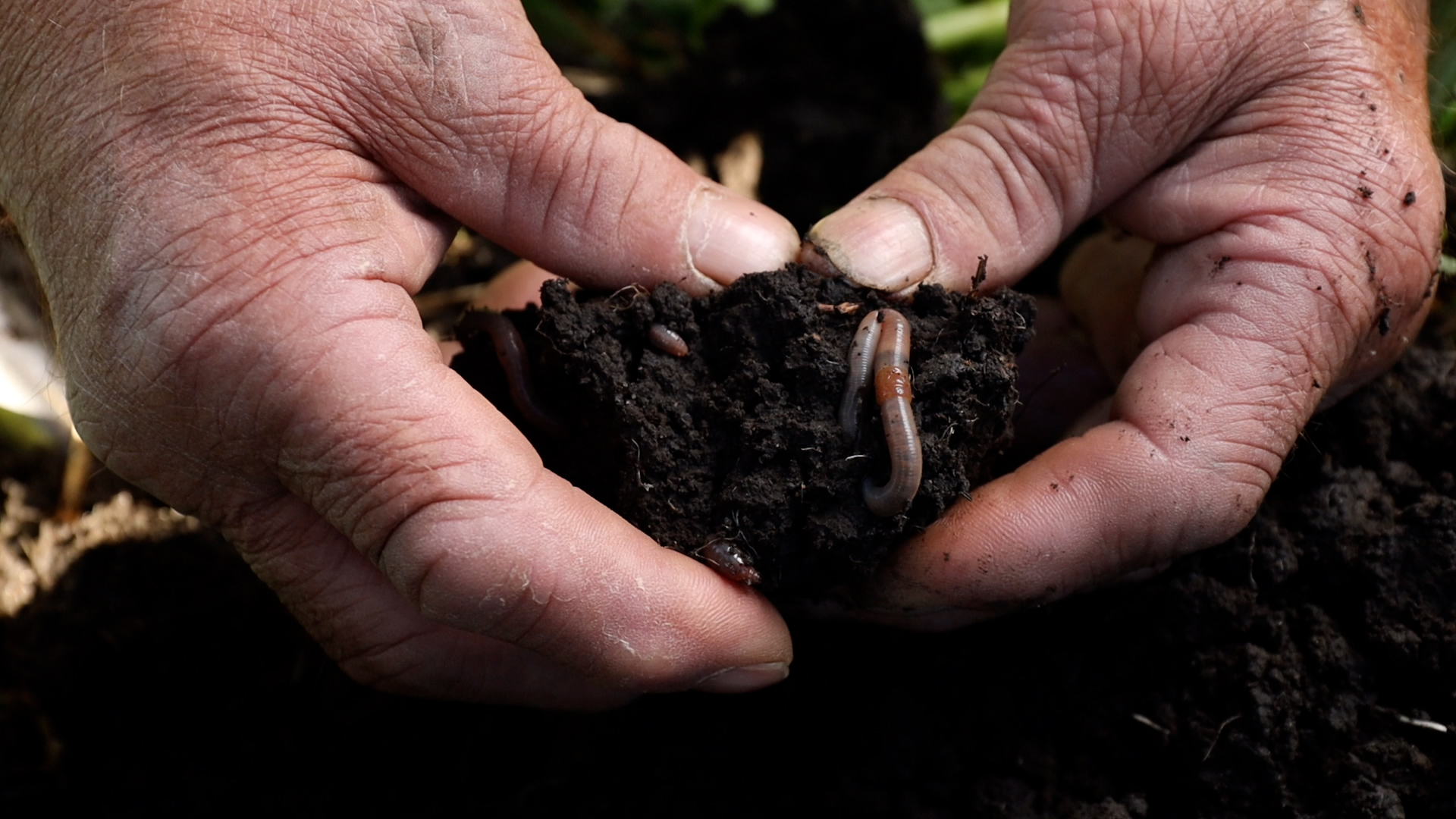
Marshall County producers Dennis and Jean Fagerland have taken advantage of cost share programs to implement practices that have resulted in increased soil organic matter. Image Courtesy of SDSHC and USDA-NRCS South Dakota.
Maddy Rabenhorst grows corn and soybeans with her husband, Bryce, near Salem, S.D. They are using no-till practices with their soybeans, strip-tilling their corn ground, and experimenting with cover crops. They have been in the Conservation Stewardship Program for the past few years.
“Our first contract was primarily focused on implementing grass waterways,” Rabenhorst said. “They also helped with implementing variable rate fertilizer and helped with soil testing.”
She said that she and her husband are applying for a new contract to help share the cost of their no-till practices and using more cover crops on their farm.
“CSP really helped our farm to be able to make more advancements quicker,” she said. “It’s been a really big help, and it’s really improved our land, too.”
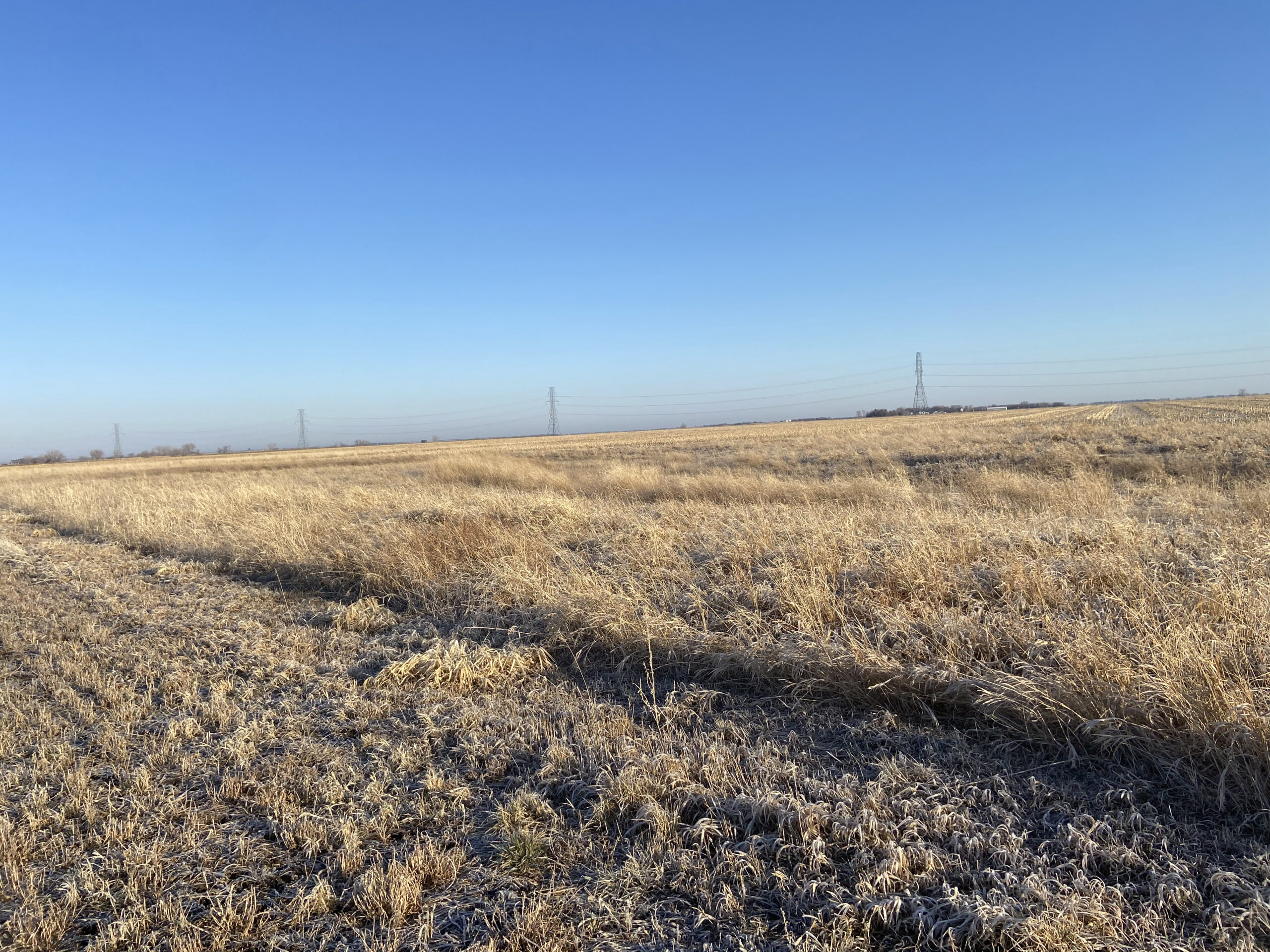
Bryce and Maddy Rabenhorst used Conservation Stewardship Program funds to help install this grass waterway. Before the waterway was installed, a huge gully ran through this field which equipment could not cross. The waterway has increased access to the field and helped control soil erosion. Image Courtesy of Maddy Rabenhorst.
Available funding
There are numerous programs to help producers. In addition to CSP and EQIP, Dupraz said that NRCS offers the Conservation Innovation Grant, Conservation Technical Assistance, the Agricultural Conservation Easement Program, and the Regional Conservation Partnership Program.
There’s also a new program that producers might not be familiar with.
“Conservation Implementation Strategy is a new targeted approach to addressing resource concerns within a certain geographical area,” Dupraz said. “South Dakota NRCS funded 16 CIS projects in fiscal year 2021 and is accepting CIS applications until April 15, 2021, for consideration in fiscal year 2022.”
Producers can even get financial assistance with soil health practices they are already using.
“Producers are eligible for Existing Activity Payments through the CSP program that recognizes good conservation they are currently implementing on their operation,” Dupraz said.
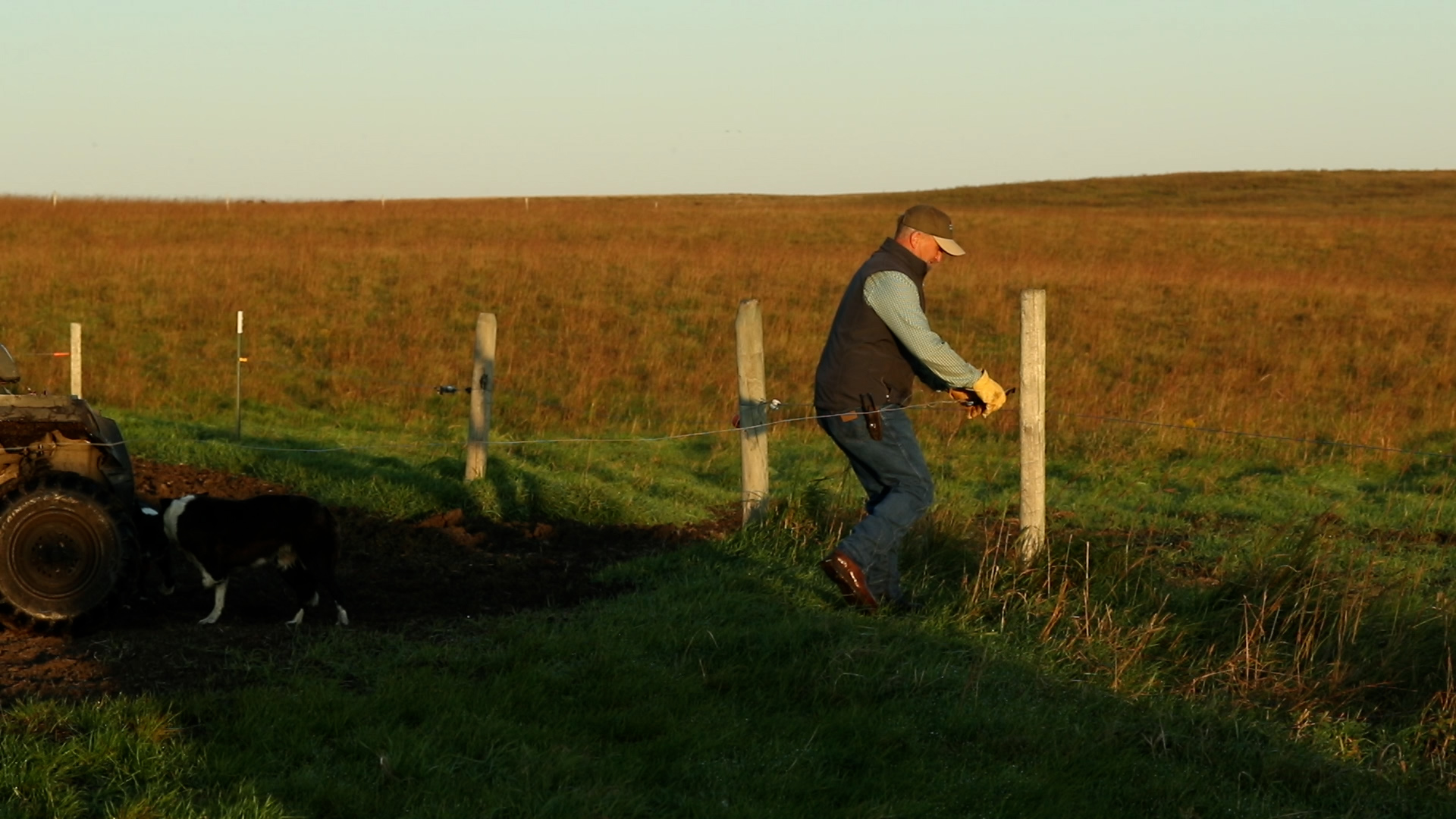
Marshall County producer Dennis Fagerland used a U.S. Fish and Wildlife program to help pay for the fencing he uses in his rotational grazing practices. Image Courtesy of SDSHC and USDA-NRCS South Dakota.
There are also funding opportunities available through non-profit organizations. For instance, the Soil Health Planning and Improvement Project, administered by the South Dakota Soil Health Coalition, is designed to help pay for soil health practices that will improve water quality within certain specified watersheds in South Dakota. Producers within these watersheds can apply for assistance in planting cover crops, adding water sources for optimal grazing management, and more.
“This year is a first for the Coalition having cost share dollars available,” SDSHC Coordinator Cindy Zenk said. “Cover crops and grassland management are two key practices we are excited to offer through our project.”
Producers interested in learning more about the project can contact the South Dakota Soil Health Coalition and find out if their land lies in one of the project area watersheds.
“SDSHC will work with producers in assessing the land, finding the best management options, and selecting the program with the funds to assist in implementing the practices,” Zenk said.
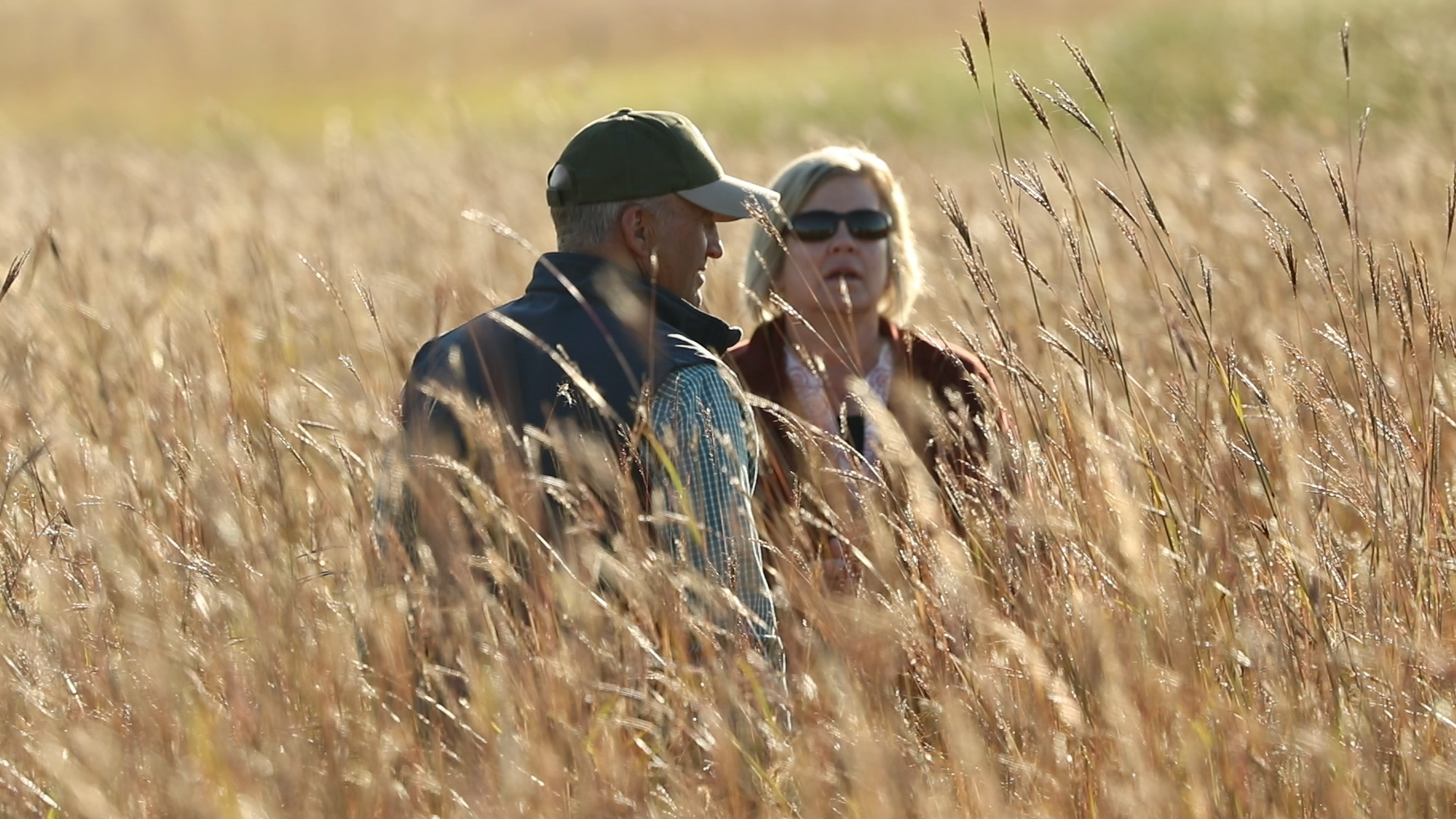
Marshall County producers Dennis and Jean Fagerland have reintroduced native grasses to their pastures. Image Courtesy of SDSHC and USDA-NRCS South Dakota.
Getting started
With so many different types of financial assistance available across different organizations and government agencies, it can be difficult for producers to know where to begin. Fortunately, local NRCS staff are available to help guide producers through the different programs.
“Your go-to is your county NRCS person,” Rabenhorst said. “They’re going to have the most knowledge when it comes to the different programs out there.”
Fagerland agreed. Speaking of his conservation program, he said, “NRCS is very helpful in helping design it and helping us implement it. It’s something we couldn’t have done on our own.”
“And definitely contact the South Dakota Soil Health Coalition,” Fagerland added. “They have a network of mentors across the state.”
It can be helpful for producers to speak with other farmers or ranchers who are already using cost share programs to help pay for soil health practices. The Mentor Network exists to connect producers and help them learn from each other.
More information on the Mentor Network and the Soil Health Planning and Improvement Project is available at www.sdsoilhealthcoalition.org/technical-resources. To find the contact information for the nearest NRCS office and learn more about available funding, producers can visit www.nrcs.usda.gov/wps/portal/nrcs/site/sd/home.
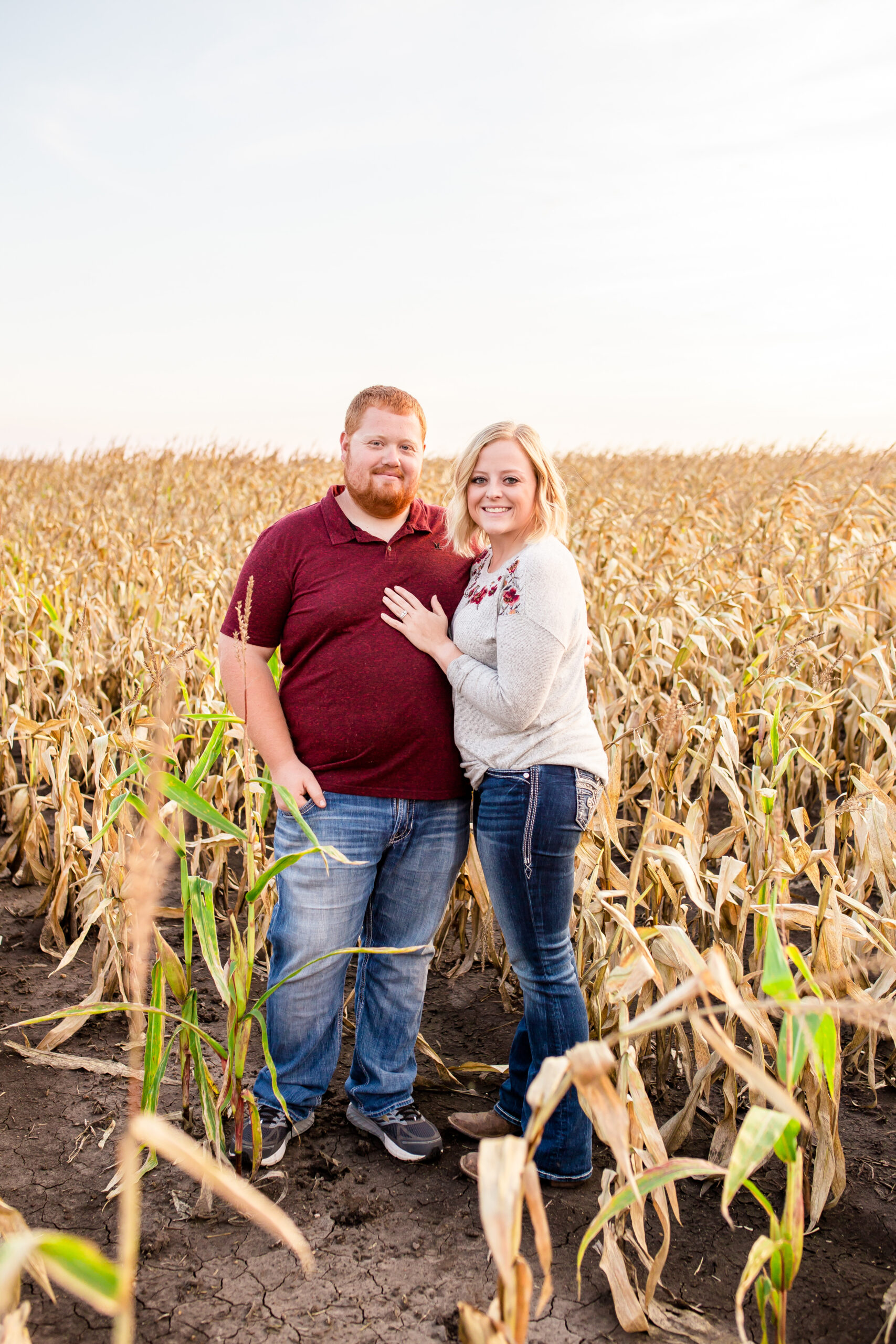
Bryce and Maddy Rabenhorst used Conservation Stewardship Program funds to help make improvements on their farm near Salem, S.D. Image Courtesy of Maddy Rabenhorst.
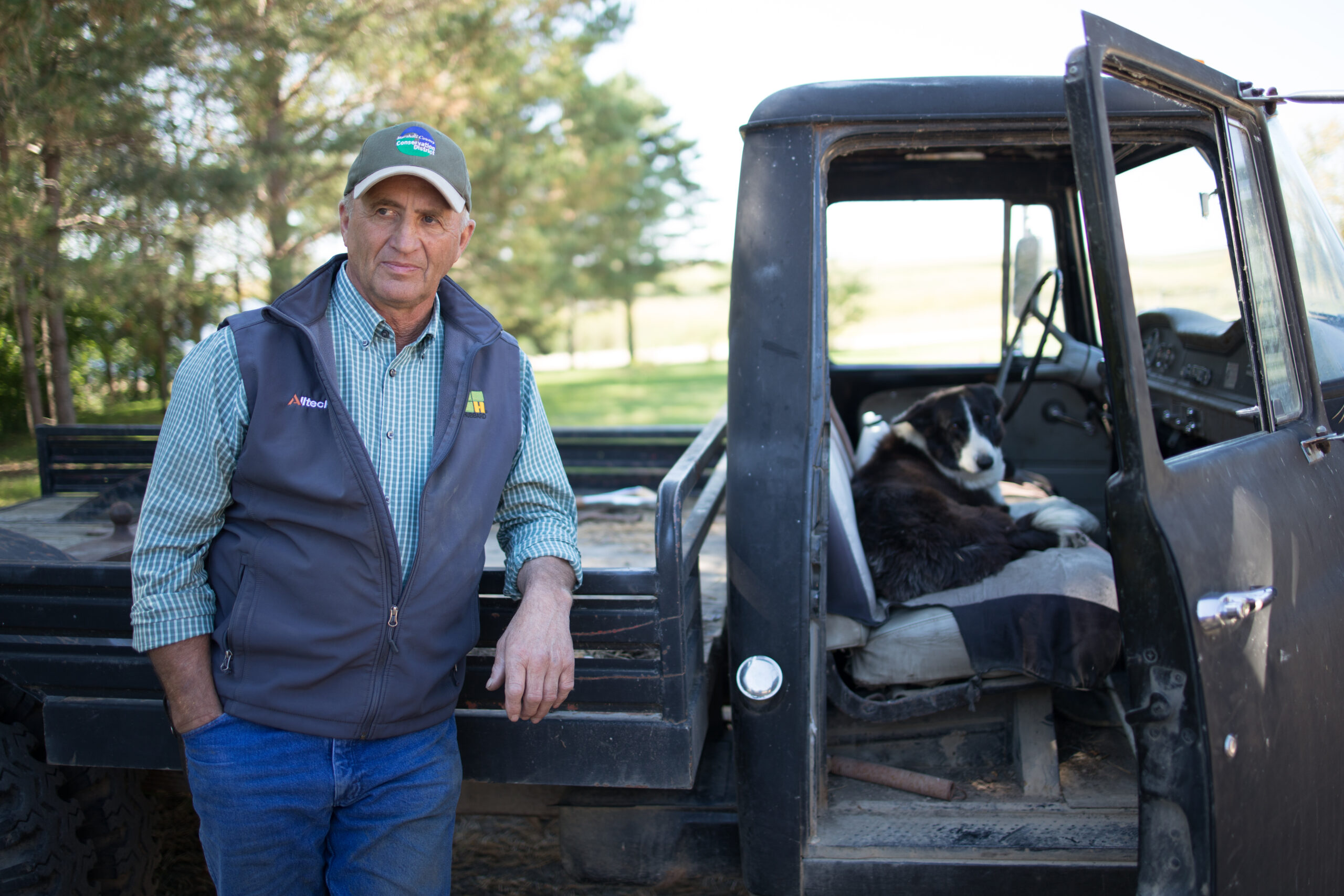
0 Comments